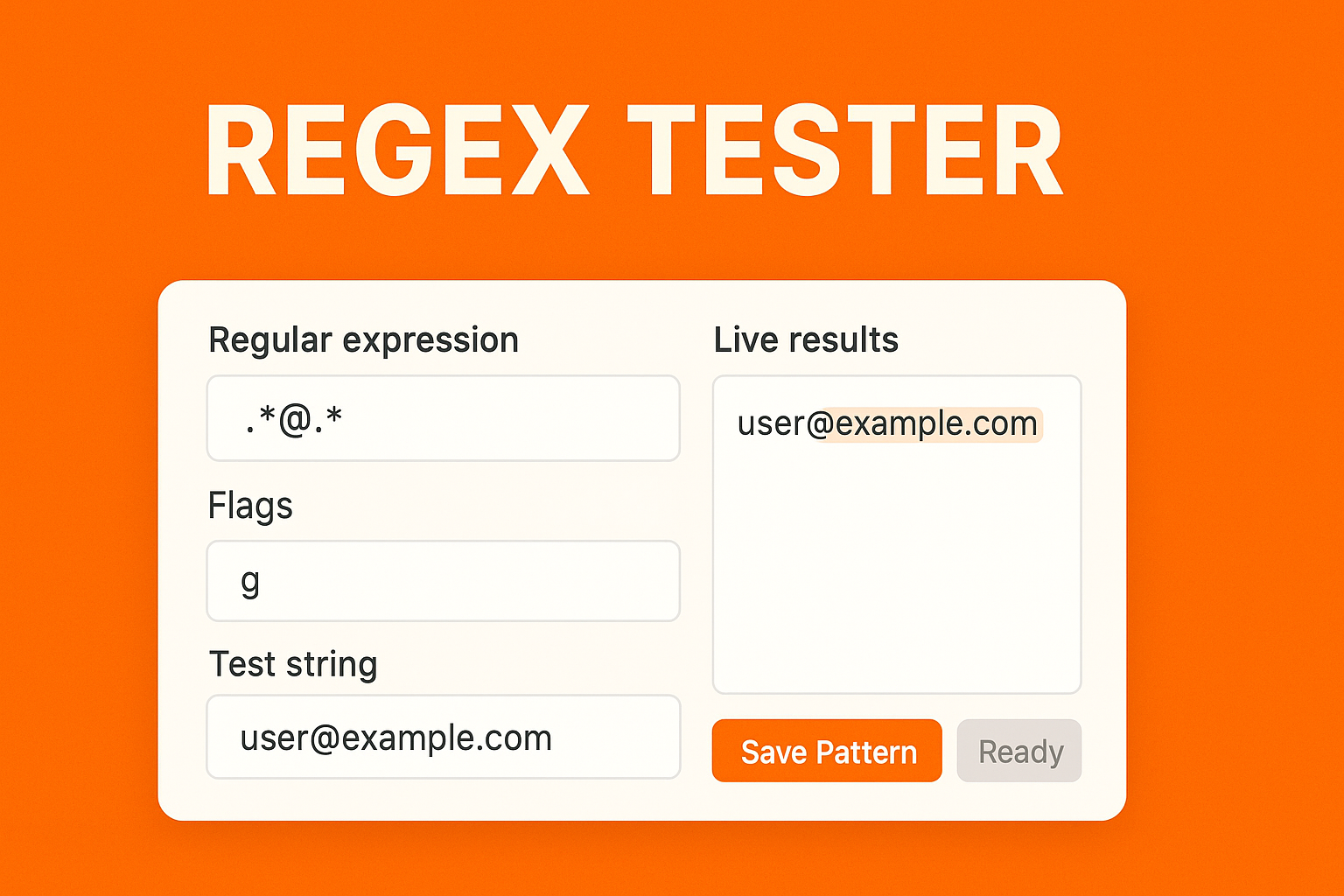- Home
- /
- Product Management
- /
- Technical Product Manager vs. Product…
Introduction
In today’s fast-paced tech industry, roles like Technical Product Managers (TPMs), Product Engineers, and Solution Architects are often critical to product development and success. Each role focuses on distinct aspects of the development process but frequently overlaps in responsibilities, causing confusion about where one role ends and another begins. This article dives into the differences and synergies between these roles to help you better understand their significance.
Who Is a Technical Product Manager (TPM)?

A Technical Product Manager (TPM) serves as the bridge between business strategy and technical execution. TPMs are hybrid professionals with a deep understanding of product management and technical systems. Their role ensures that the product aligns with the business vision while being technically feasible.
Key Responsibilities of a Technical Product Manager
- Crafting Product Strategy: Define the product’s roadmap, ensuring alignment with business goals and market needs.
- Requirement Breakdown: Translate high-level business needs into actionable technical requirements for development teams.
- Cross-Functional Collaboration: Work with engineering, design, and marketing teams to prioritize features and deliver products.
- Technology Advisory: Influence architectural and technical decisions, keeping scalability and feasibility in mind.
- Stakeholder Management: Act as a liaison between technical teams and business stakeholders, simplifying complex ideas.
Who Is a Product Engineer?

A Product Engineer is the technical backbone of product development. They bring the vision to life by designing, coding, testing, and maintaining the product. Unlike TPMs, they are less concerned with the why and more focused on the how.
Key Responsibilities of a Product Engineer
- Product Development: Build and implement features based on technical requirements.
- Prototyping: Create prototypes to test new features or concepts.
- Debugging: Resolve bugs and optimize performance during the development lifecycle.
- Collaborative Execution: Work closely with TPMs and designers to ensure the product meets both user and business needs.
- Maintaining Code Quality: Ensure clean, efficient, and scalable code.
Who Is a Solution Architect?

A Solution Architect is a senior technical expert responsible for designing the overall architecture of a system or product. They focus on high-level design, ensuring that the technical architecture aligns with business requirements, scalability, and future growth.
Key Responsibilities of a Solution Architect
- High-Level System Design: Define the technical architecture and ensure all components fit together seamlessly.
- Technology Selection: Evaluate and choose the best tools, platforms, and frameworks for the product.
- Risk Management: Identify potential technical risks and propose mitigation strategies.
- Cross-Project Integration: Ensure that the product integrates well with existing systems and third-party services.
- Guiding Engineering Teams: Provide technical direction and best practices for implementation.
Comparing the Roles

Here’s a side-by-side comparison to highlight the differences and similarities between TPMs, Product Engineers, and Solution Architects:
| Aspect | Technical Product Manager | Product Engineer | Solution Architect |
| Focus | Product strategy and technical feasibility | Technical implementation and delivery | System-wide architecture and scalability |
| Core Responsibility | Defining what to build and why | Building how the product works | Designing how the system fits together |
| Scope | Product-level | Feature or module-level | System-wide, across products or platforms |
| Key Deliverables | Roadmaps, user stories, and technical requirements | Functional code and prototypes | System design documents and integration plans |
| Collaboration | Works across engineering, design, and marketing | Works closely with engineering and TPMs | Works with stakeholders, engineering leads, and vendors |
| Skillset | A mix of technical and business expertise | Strong technical expertise in coding | High-level technical and strategic thinking |
| Decision-Making | Balances business needs with technical constraints | Implements technical solutions | Determines system architecture and technology stack |
| Time Horizon | Mid- to long-term product strategy | Short-term technical tasks | Long-term scalability and integration planning |
How These Roles Interact

The roles of a TPM, Product Engineer, and Solution Architect are complementary, often overlapping but with distinct responsibilities:
Scenario 1: Launching a New Feature
- TPM: Defines the feature’s business purpose, prioritizes it, and creates user stories.
- Product Engineer: Implements the feature, ensuring it functions correctly and is performant.
- Solution Architect: Ensures the feature integrates well with the existing system and supports long-term scalability.
Scenario 2: Migrating to a Cloud Platform
- TPM: Evaluates the business need for migration, coordinates timelines, and aligns teams.
- Product Engineer: Executes the migration, ensuring data integrity and minimizing downtime.
- Solution Architect: Designs the cloud architecture and selects the best services for performance and cost-efficiency.
Scenario 3: Building a Scalable Product
- TPM: Sets scalability goals based on user growth projections.
- Product Engineer: Optimizes code and database queries to improve performance.
- Solution Architect: Designs a scalable architecture with load balancers, microservices, and caching layers.
The Importance of Collaboration

While the TPM focuses on aligning the product with business goals, the Product Engineer ensures the product works and the Solution Architect ensures the product scales and integrates seamlessly. Together, they form a cohesive team capable of delivering high-quality, future-proof products.
For example:
- If a TPM wants to add a feature that requires significant system changes, the Solution Architect evaluates feasibility and suggests an approach.
- The Product Engineer implements the feature, following guidelines provided by the Solution Architect.
This collaboration ensures the product meets user needs without compromising system integrity.
When Are These Roles Necessary?

- Startups: Roles often blur due to resource constraints. A single individual may act as a TPM, engineer, and even a partial architect.
- Mid-Sized Companies: Clearer role distinctions emerge as teams grow. TPMs, Product Engineers, and Solution Architects collaborate to streamline processes.
- Enterprises: Defined roles are essential, with Solution Architects often leading complex system designs while TPMs drive product alignment.
Conclusion

The roles of Technical Product Manager, Product Engineer, and Solution Architect are distinct yet deeply interconnected. Each brings unique expertise to the product lifecycle:
- TPMs ensure the product aligns with business goals while addressing technical feasibility.
- Product Engineers bring the product to life through technical execution.
- Solution Architects design the foundational architecture for scalability and long-term success.
Understanding and respecting these differences can help teams work more effectively, reduce friction, and deliver exceptional products. Whether you’re building a feature, migrating systems, or designing a scalable platform, the synergy of these roles ensures every aspect of product development is covered.
Enjoyed this article? Want to dive into Pricing Strategies? Explore here. Interested in learning about Funnels? Discover more here. Curious about Product Management Frameworks? Find out more here.




















Leave a Reply